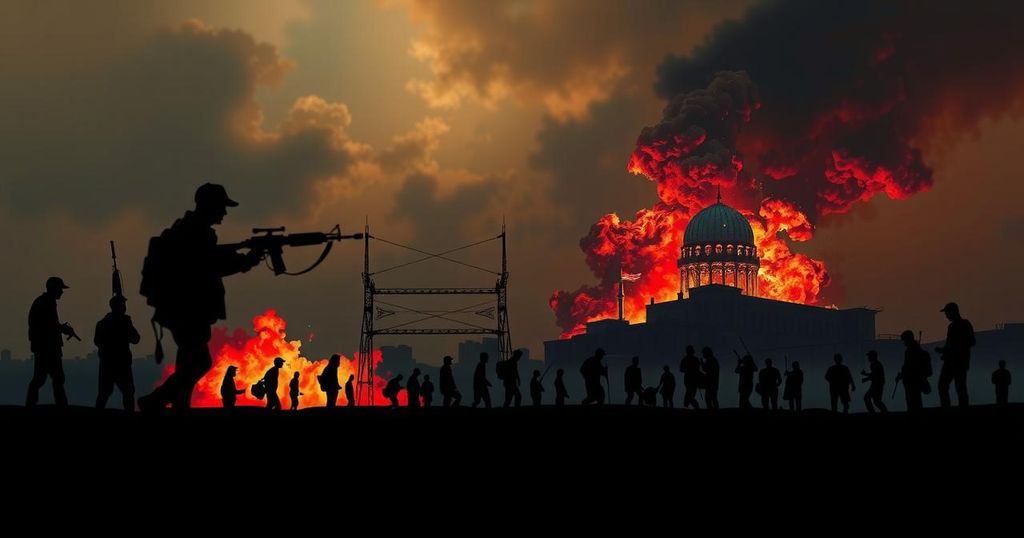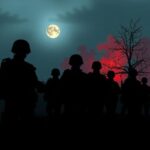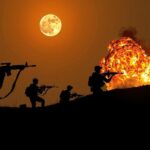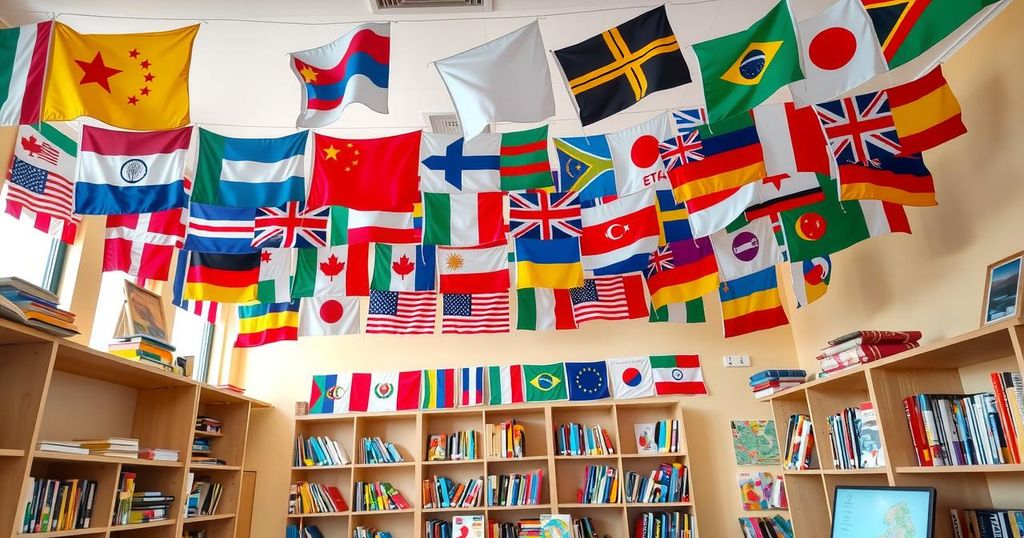Bashar al-Assad: The Syrian Conflict and Governance Challenges
Beginning in March 2011, President Bashar al-Assad confronted a significant challenge to his leadership following the outbreak of antigovernment protests in Syria. These demonstrations, sparked by the broader wave of pro-democracy movements across the Middle East and North Africa—collectively recognized as the Arab Spring—sought to challenge the authoritarian rule that Assad had maintained since his ascension to power. The Syrian government’s initial response involved the use of lethal force against demonstrators, coupled with a series of concessions by Assad, including reshuffling his cabinet and proposing to abolish the controversial emergency law and the Supreme State Security Court, which had been instruments of political repression.
However, these proposed reforms coincided with an alarming escalation of violence against the protestors, drawing widespread international condemnation toward Assad’s regime. As unrest proliferated to new regions within Syria, the government escalated its military response by deploying tanks and soldiers to protest hotspots. Amidst increasing reports of brutalities and massacres attributed to security forces, Assad asserted that Syria was the victim of an international conspiracy aimed at inciting sectarian violence, claiming that government actions were directed against armed insurgents rather than peaceful protesters.
By September 2011, armed opposition groups began to emerge, employing increasingly coordinated and effective tactics against Syrian military forces. Concurrently, attempts at mediation by the Arab League and the United Nations faltered, the situation evolving into a full-scale civil war by mid-2012. A pivotal moment occurred in July 2012, when a bombing within a government building led to the deaths of several key security officials, including Defense Minister Daoud Rajiha and Assef Shawkat, a close advisor and brother-in-law to Assad.
With both rebel factions and government troops entrenched in a protracted conflict, Assad’s public appearances dwindled, largely limited to orchestrated events aimed at garnering support from military personnel and civilian loyalists. International involvement intensified, with countries such as Turkey, Saudi Arabia, and Qatar openly supplying funding and arms to rebel groups. Conversely, Assad’s regime continued to receive military support from Iran and Hezbollah, which also deployed combatants to the conflict.
Calls for international military intervention escalated following the alleged chemical weapons attack in the suburbs of Damascus on August 21, 2013, resulting in numerous civilian fatalities. While the Syrian opposition attributed responsibility for these attacks to pro-Assad forces, Assad denied these allegations, alleging that if chemical weapons had indeed been utilized, the opposition was to blame. This incident prompted Western leaders to consider retaliatory actions, facing staunch opposition from Russia, China, and Iran. Ultimately, a diplomatic resolution was reached in September 2013, resulting in the agreement to place Syria’s chemical arsenal under international supervision, thus averting immediate military action.
Despite the absence of subsequent chemical attacks, Assad’s continued military tactics, notably the use of “barrel bombs” against both military and civilian targets, drew ongoing international censure and accusations of war crimes. As the civil war progressed, Assad’s hold on power solidified rather than weakened, largely exacerbated by the emergence of the extremist group Islamic State of Iraq and the Levant (ISIL) in eastern Syria and western Iraq, prompting former advocates for Assad’s removal to shift their focus towards combating ISIL.
The pivotal moment arrived in 2015 when Russia commenced its military intervention on behalf of Assad’s regime, employing airstrikes and ground troops that effectively turned the tide in favor of the government. By the end of 2017, Assad had reclaimed control over most major urban centers, relegating rebel forces to a few isolated territories. By mid-2018, resistance had largely diminished, constricting to the Idlib region, where Turkish forces pledged protection. Initially, Assad refrained from aggression towards this stronghold but later escalated military action in response to the rise of al-Qaeda-affiliated groups.
As the conflict began to subside across the majority of the nation, Assad initiated a series of policies aimed at reconstruction, focusing on infrastructure development and attracting foreign investment. A particularly contentious measure, known as Law 10, permitted the government to expropriate property from individuals who failed to re-register their ownership—an action critics claimed would disenfranchise many displaced citizens unable to return to reclaim their assets, thereby transferring control to Assad’s loyalists.








Post Comment